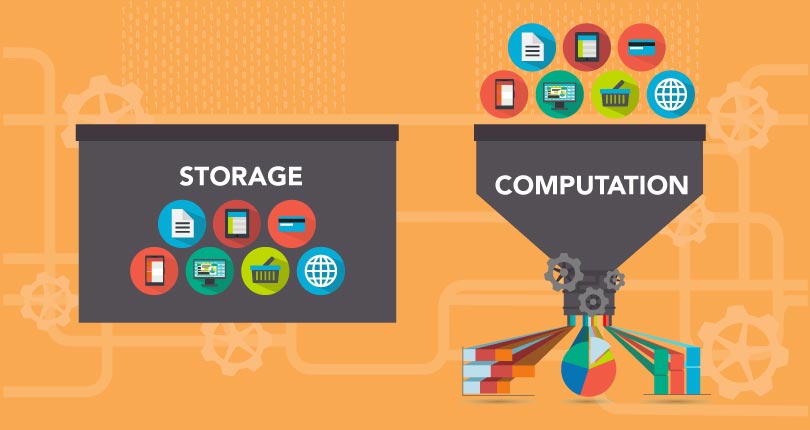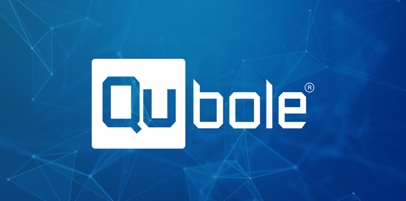Big data has come to dominate advantages in nearly every type of business out there, and the need to gather and analyze enormous amounts of data has become extremely important. To make the most of big data, many companies are utilizing big data platforms capable of sorting all that information into actionable data. Such platforms require intensive computing capabilities, which has led to the rise of data-parallel programming systems, Hadoop being just one of several notable options. The need to scale these systems is great, which is why Hadoop has traditionally tightly coupled storage and computation together. This strategy, however, does run into some considerable limits, particularly when the computation to storage ratio is unknown or is subject to changes. For this reason, many organizations are looking at the possibility of decoupling storage and computation. This was previously an option considered too expensive to achieve, but as network speeds have increased, the decoupling strategy has become more attractive, particularly in the kinds of benefits it provides.
1. Allows Parsing, Enriching of Data for Custom Needs
One of the main advantages of decoupling storage and compute is the greater ease with which companies can analyze data in real-time. This real-time analysis helps organizations enrich their data, sort through it, and query it interactively in real-time. With the decoupling strategy, easier analysis of data helps to tailor it to the specific needs of the organization at the exact moment they need it. Perhaps data is needed on customer interaction or sales numbers, and that information needs to be cross-referenced with customer profile data. All of this can be done with relative ease by decoupling storage and computation.
2. Improve Data Protection and Security
Given the extensive amount of resources it requires to recruit and pay in-house Hadoop security experts, offloading security monitoring and maintenance can free up the organization to focus more on crucial business operations while taking advantage of real-time security analysis. By simplifying more complex search queries, data analysis can pinpoint specific anomalies found within networks, essentially improving the ability to detect any intrusions at the moment they occur. This automatic process can send out the necessary alerts to security teams, allowing them to act quickly to stop further infiltration into a system and prevent malicious code from spreading. The end result is data that remains protected and secure.
Security has long been a concern for those considering cloud adoption. However, the numbers are increasingly indicating that on-premise data centers face just as many threats as cloud environments. From 2012 to 2013, vulnerability scanning attacks increased from 28 percent to 40 percent for on-premise data centers and increased from 27 percent to 44 percent for cloud-hosted environments. IaaS also offers the benefit of automatic updates or patching and the ability to easily implement the latest security tools, such as VPC and identity-based access controls. Finally, rather than putting resources toward maintaining data availability, organizations can rely on the provider’s availability. Both Amazon Web Services and Google Cloud Platform boast availability approaching five nines.
3. Easier Management and Added Features
With more affordable shared storage options, big data platforms such as Hadoop can truly grow to meet new business demands. Part of that includes easier management of the platform. The method of deploying standalone servers and architectures on a large scale is now considered outdated and hard to manage, so going with a shared storage strategy simplifies management tasks. Beyond this, it also allows companies to adopt enterprise-class features that make businesses more competitive. Some of those features include scale-out NAS, virtualized environments, and SANs, and as those features become more common, they’ll provide organizations with their own benefits as well.
4. Secure Highly Available Communication Between Applications
Another benefit achieved through decoupling storage and computation is greater versatility for the enterprise, particularly when it comes to sharing data across different applications. By configuring real-time log analytics, decoupling helps organizations move important information from one program to another, creating an environment that’s quick to respond to changing conditions with ease. Also of note is the ability to pull that data from a variety of different sources. Only by pulling and gathering varied information can businesses get a full understanding of what the data entails and how best to use it. Without the decoupling strategy, this would simply be more difficult.
Big data is quickly becoming a more vital component of any business, and using it to the fullest requires decoupling storage and computation. Shared storage solutions are abundant, and the obstacles that impeded organizations before are being torn down one by one. In much the same way businesses came to realize the benefits of big data, they’ll likely come to understand why decoupling is a necessary move if they hope to unlock all of the big data’s potential. With the right strategy, it won’t be long before all of that potential is realized.




